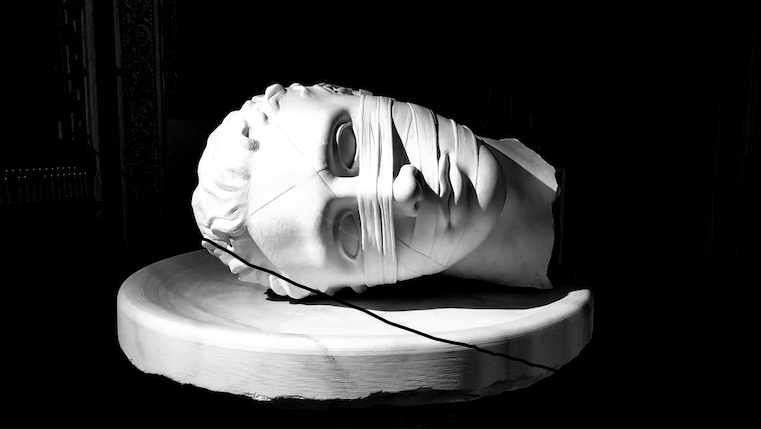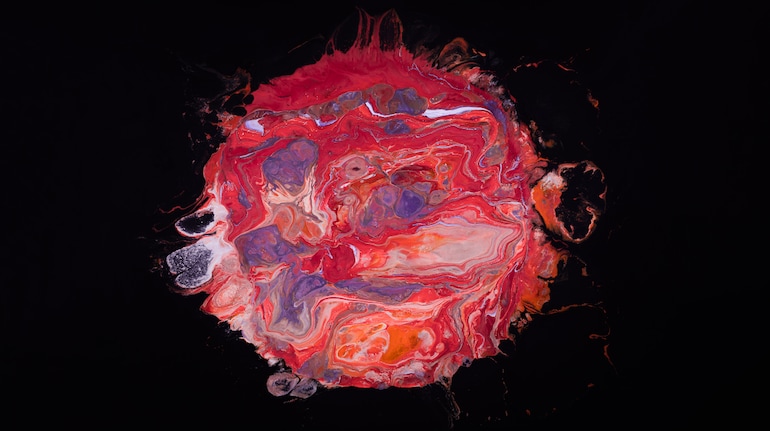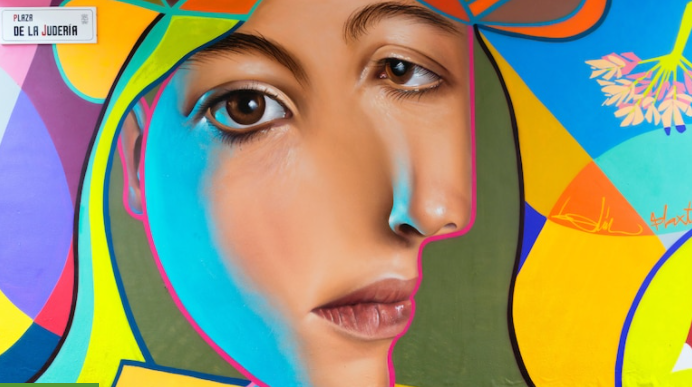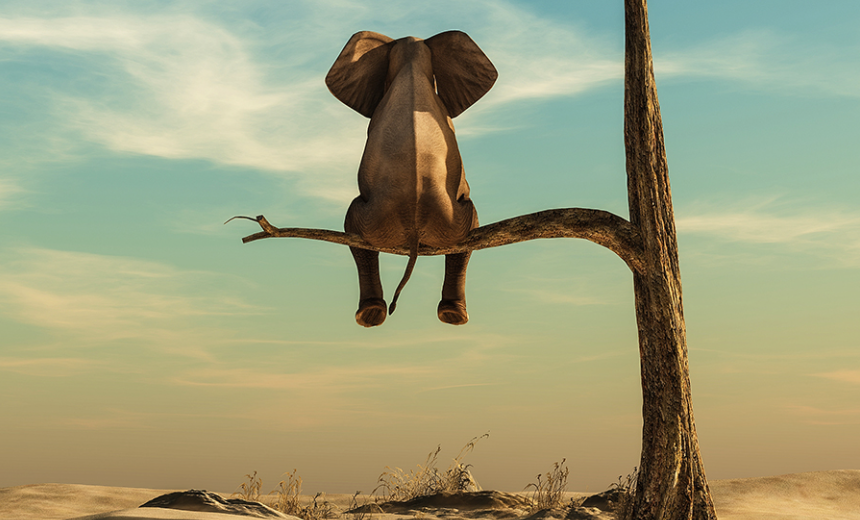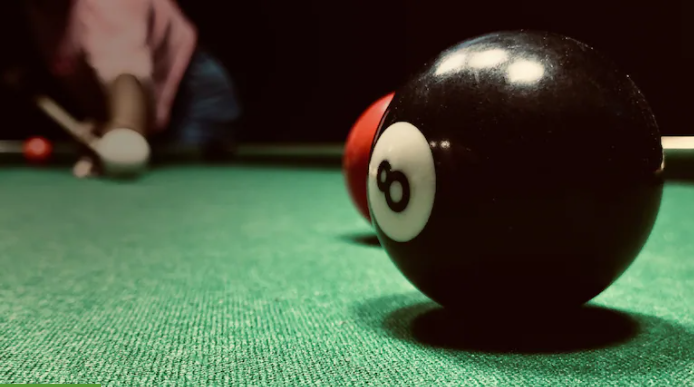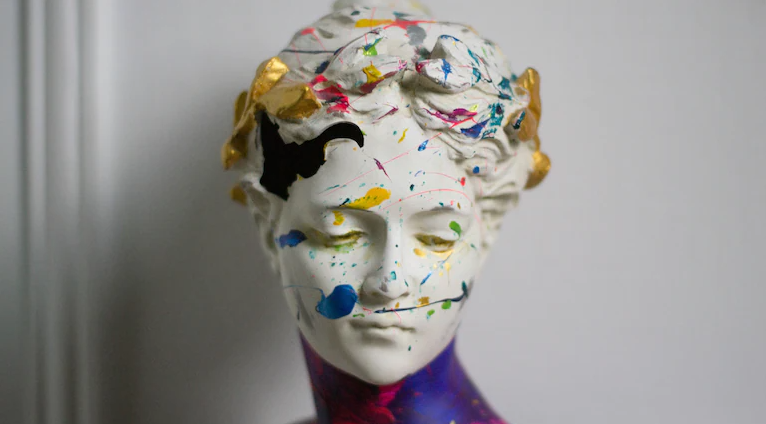Storyboard18 x Just Sports | Fans, Fanatic, Fantastic
[siteorigin_widget class=”SiteOrigin_Widget_Image_Widget”][/siteorigin_widget] I was Chief Marketing Officer of the sports business of Star TV from 2014 to 2018, a period during which major leagues such as Pro Kabaddi, Indian Super League, Premier Badminton League were conceptualised, created, marketed and established. I also led marketing for BCCI and ICC cricket – Test, ODI and T-20 and this included the ODI world cups as well as the T20 world cups. After the transition of IPL to Star, I worked on plans to energise it further. The business had 12 channels in multiple languages covering all major sports. I also ran the star sports (dot) com predecessor to Hotstar. It was value creation at its best. In more ways than one, I learned my marketing basics all over again. The critical catalyst for this reappraisal and relearning was the need to appreciate fan passion. There may be no biz like showbiz but there is nothing as deep as fan involvement with live sport. Fan culture, or fandom, can apply to communities built around a shared enjoyment of any aspect of popular culture, such as books, movies, TV shows, music bands, sports or sports teams, etc. Participatory cultures involve fans acting not only as consumers but also as producers and curators of some form of content. Most fan cultures such as cinema, music etc have elements of participatory culture. However, live sports fandom encourages creative expression and artistic production by its participants. Also Read | Storyboard18 × Just Sports | What will sports marketing look like in 2022 & 2023? Why do we remain loyal sitting in front of the television despite the futility of our participation? What makes us scream our lungs out and jump in our living room when bare common sense tells us that it has little effect on the actual outcome? My learning was that fandom is an act of conscious development of the self. Being a fan is to anchor one’s identity formation and build social identification with millions of others. In many cultures, it can be a liminal passage to adulthood. Emile Durkheim, towering sociologist and profound intellectual, wrote in his seminal work ’The Elementary Forms of the Religious Life’ that whenever a subculture raises anything to divinity, it is – in fact – also simultaneously worshiping itself. Durkheim elaborated on the concept of the ‘totem’ and hence totemic symbols. In his words “On the one hand, This is a universal truth. We all yearn to belong. Modern living has become more virtual, abstract and transactional. Hence, we crave identity and belongingness. Our fandom is a platform for fellowship amounting to kinship. It captivates us via affiliative energy. We sense a congregational power. The sport, team or sportsperson – our totem – becomes a physical representation of that need for identity and unity. It may be manifested as a lapel pin, a cap, a shirt, a flag or collective idolisation of the past greats. It binds like little else in today’s world. Also Read | Storyboard18 x Just Sports | Future of sports marketing In India Faith in institutions—joint family, employer, social movements—is dwindling, though such institutions, social, private or governmental, once rooted us to something larger. In fandom, as in religious worship, our social connections are brought to life. Fandom serves as a reminder of our interconnectedness and dependency. ‘We will beat team xyz’, we say. It projects a complete identification. But it is also an entitlement. After all, fandom is a selfless commitment. The fan directly or indirectly pays for it all – tickets, merchandise, content and advertising. Fan devotion savours of religion be it a pilgrimage to revered stadia, songs, chants, slogans and rhythms or frameworks for ritualism. Thinking in terms of good and evil, divine outcomes, a teleological destined ‘to belong’ etc . All of these suggest a religious impulse. Being a fan allows us to feel kinship with complete strangers. Like religious affiliation, many sports linkages are inherited. Fans talk about generations of followership and fandom. No matter what the track record, switching to a rival team is apostasy and heresy. Like religious catharsis, sports celebrations are effusive. There is a frenzy that is unique. It cuts across distinctions of class and creed. Durkheim called it “collective effervescence.” He theorised that it was a charge, a kind of electricity that gets socially generated when groups participate in rituals. Post-game celebrations and day-after parades, with feverish outpouring of emotion, demonstrate spontaneous solidarity. Elias Canetti wrote in 1960 his ground-breaking work ‘Masse und Macht’ (Crowds and Power) that a crowd needs a binder for uninhibited integration. Once that is done, the crowd is like one individual. It becomes a collective whole. How else can one explain millions of individuals becoming one in mind and spirit. “It is only in a crowd that man can become free of the fear of being touched. That is the only situation in which the fear changes into its opposite. The crowd he needs is the dense crowd, in which body is pressed to body; a crowd, too, whose psychical constitution is also dense, or compact, so that he no longer notices who it is that presses against him. As soon as a man has surrendered himself to the crowd, he ceases to fear its touch. Ideally, all are equal there; no distinctions count. The man pressed against him is the same as himself. He feels him as he feels himself. Suddenly it is as though everything were happening in one and the same body.” Media scholar Henry Jenkins define a ‘participatory culture’ more specifically as one that consists of: Ease for artistic expression and engagement Strong support for creating and sharing one’s creations with others Some type of informal mentorship in which the most experienced members pass along their knowledge to novices Members who believe their contributions matter Members who feel a social connection with one another I recall in 2015 we did the now legendary ‘Mauka Mauka’ campaign essentially to promote appointment viewing for the India – Pakistan game in Adelaide in the
Storyboard18 x Just Sports | Fans, Fanatic, Fantastic Read More »


